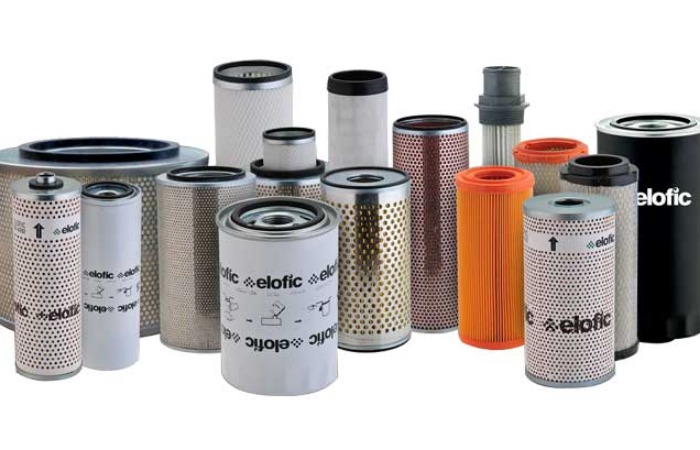
Filters in New Normal, New Norms
Filters play the most important role in preventing foreign particles and contaminants going into the engines and hydraulics. Without the use of a filter, fluid power systems are incomplete. Hydraulic filters support the efficiency and long life of industrial equipment by removing micron size dusts and particles from the hydraulic fluid in the heart of the machinery. A filter should be of minimum quality for the most sensitive hydraulic component in the system.
Technology trends
Modern mining and construction equipment incorporate state-of-the-art technology that requires advanced filtration to maximise performance and reliability. Today’s application requires longer filter change intervals, higher operating safety, increased separation efficiency and increased compatibility with new generation of hydraulic oil. High-performance filters maintain the cleanliness of the hydraulic fluid over its entire service life. Most high-performance filters are double-layered. These layers consist of a coarser pre-filter layer to capture the larger particles and a main layer to trap smaller particles. The combination of the pre-filter and the fine filter layer increases the dirt-holding capacity and improves oil cleanliness.
Meeting emission regulations
Filters play an important role in meeting the emission regulation norms in a machine.
The demand for advanced filters with updated technology is growing when the new emission regulations in force in the market. For the on-road vehicles, the BS VI regulations are already in force, while for the off-highway vehicles and agri machinery, the next level emission regulations has been postponed to next year. When the new emission regulations are in force in 2021 for off-highway vehicles and agri machinery, there will be more requirements for advanced and matching filters that can meet the conditions of the new emission regulations.
With the CE market in India gearing up to the next level emission regulations, meeting the emission levels with adequate changes in the hydraulic systems is of utmost importance. Filters have a major role to play in meeting the future emission norms and keeping the equipment clean and green with better efficiency.
Market outlook
According to research reports, the global hydraulic filter market is forecast to grow at a CAGR of 4.4 per cent from 2018 to 2023. The major drivers of growth for this market are increasing production of construction, mining, and other equipment, development of innovative and energy efficient hydraulic filters, and increased focus on preventive maintenance of hydraulic equipment and systems.
Currently the market is down with the impact of the COVID-19 pandemic on the entire economy. The slowdown in construction and mining activities has pulled down the sales of equipment and machinery which has impacted the filter market as well. Tractors and agriculture machinery market is the only growing market in this scenario. However, post-COVID scenario looks promising for filter market with the likely increase in infrastructure and mining activities in the coming years and also the implementation of new emission norms next year.


 +91-22-24193000
+91-22-24193000 Subscriber@ASAPPinfoGlobal.com
Subscriber@ASAPPinfoGlobal.com